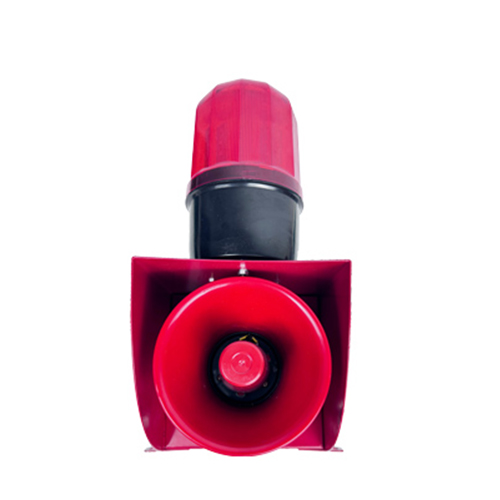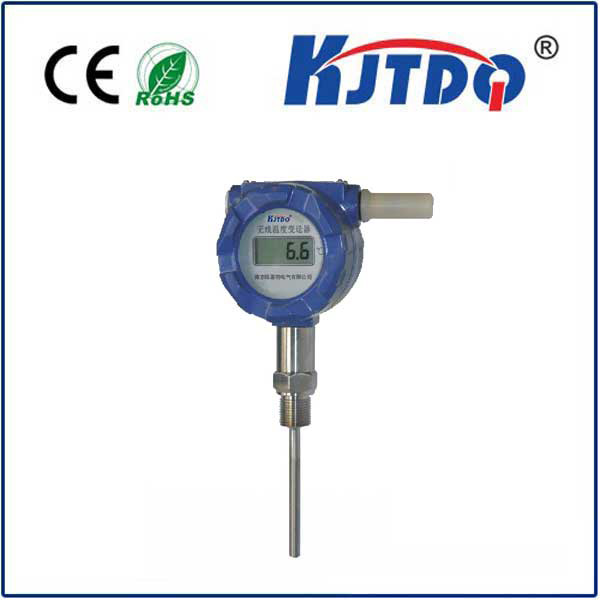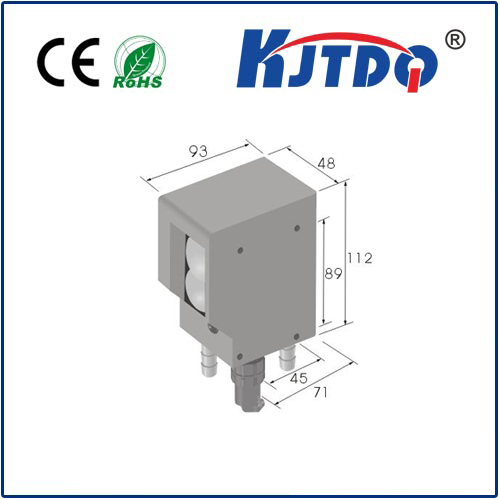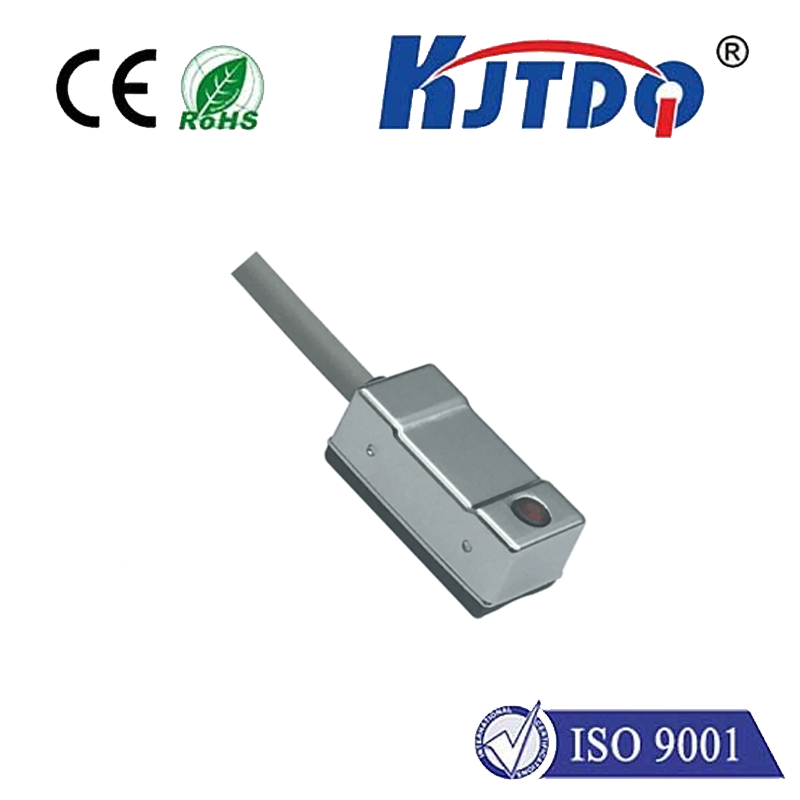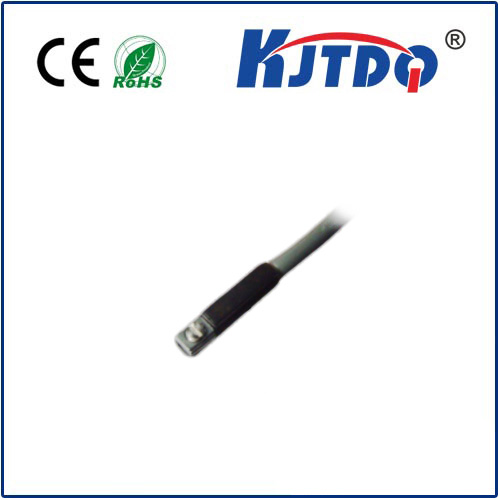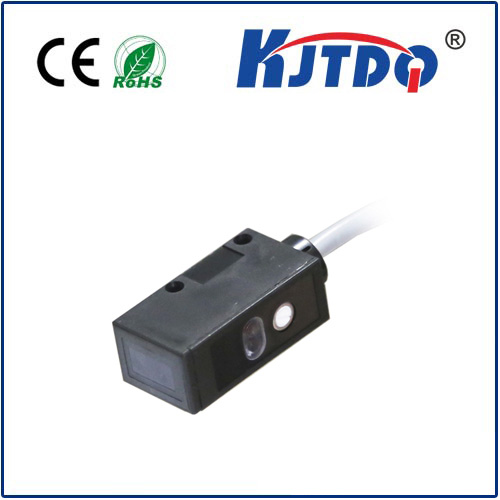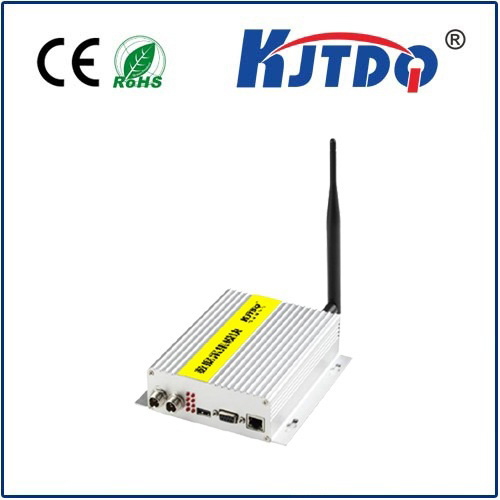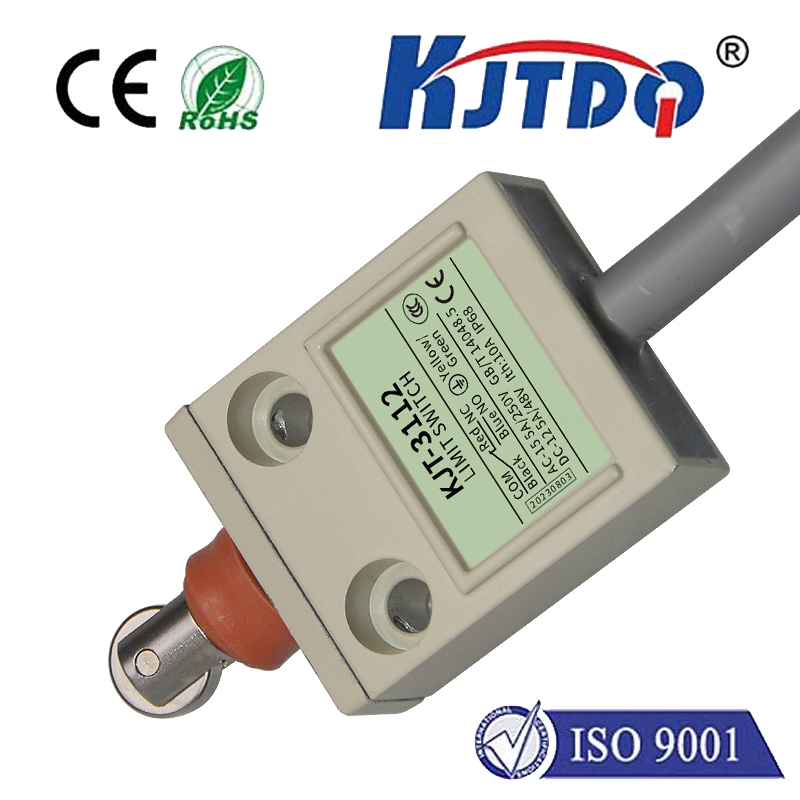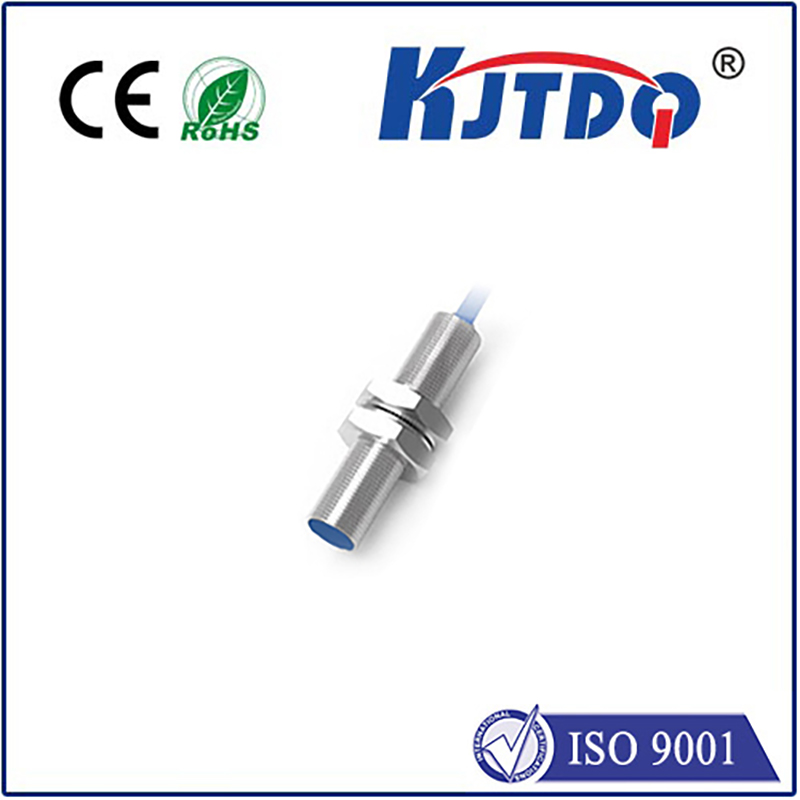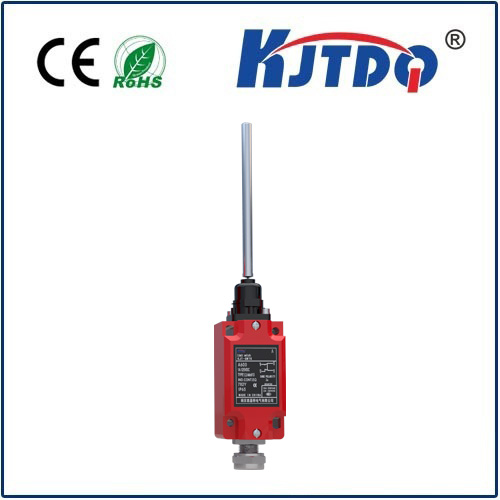

check

check

check

check

check

check

check

check

check

check
Title: Unraveling the Wonders of Infrared Laser Distance Sensors
Introduction:
In modern-day technology, the infrared laser distance sensor plays a vital role in numerous applications. This sensor utilizes infrared radiation to measure the distance between two objects, providing accurate and reliable information. In this article, we will delve into the intricate workings of infrared laser distance sensors, exploring their various advantages and applications.
Section 1: The Basic原理 of an Infrared Laser Distance Sensor

An infrared laser distance sensor works on the principle of reflecting infrared light off of an object. When the laser beam is shone onto an object, it bounces back after being absorbed by the surface. The time it takes for the light to return depends on the material and thickness of the object. By measuring this time, the sensor can determine the distance between the object and the sensor.
Section 2: Advantages of Infrared Laser Distance Sensors
One of the primary advantages of infrared laser distance sensors is their non-invasive nature. Unlike traditional methods such as touch or sight measurement, infrared sensors do not require physical contact with the object being measured. This makes them ideal for use in harsh or delicate environments where contact could cause damage or contamination. Additionally, infrared sensors are highly accurate and can detect even tiny variations in distance, ensuring precise measurements.
Section 3: Applications of Infrared Laser Distance Sensors
The applications of infrared laser distance sensors are vast and diverse. In industrial settings, they are commonly used for process control and quality inspection. For example, in manufacturing, sensors can be used to monitor the position and movement of machines and ensure they are functioning correctly. In the automotive industry, these sensors are used to measure distances between vehicles and obstacles, helping to prevent accidents.
Another significant application of infrared laser distance sensors is in remote sensing and surveillance. These sensors can be used to monitor large areas without the need for physical access or human intervention. They are particularly useful in detecting intruders or suspicious activity, providing a valuable tool for law enforcement agencies.
Conclusion:
In conclusion, infrared laser distance sensors offer a revolutionary solution to various problems across different industries. Their non-invasive nature, accuracy, and versatility make them invaluable tools for measuring distances accurately and reliably. As technology continues to evolve, it is likely that we will see even more innovative ways to utilize these sensors in the future.
